This post was written by Megan Macgregor, BMTM’s national parks expert.
Surfing, monkeys, volcanos — what more can you ask for in a country? Costa Rica has all that and more. Every time I’ve visited, I’ve experienced something different.
I had been to Costa Rica twice. On my third visit, I decided I wanted to head to the Pacific coast, as there was one place that was calling my name. I’d already started my adventure of traveling to America’s national parks, but I realized that I’d never explored the national parks in foreign countries.
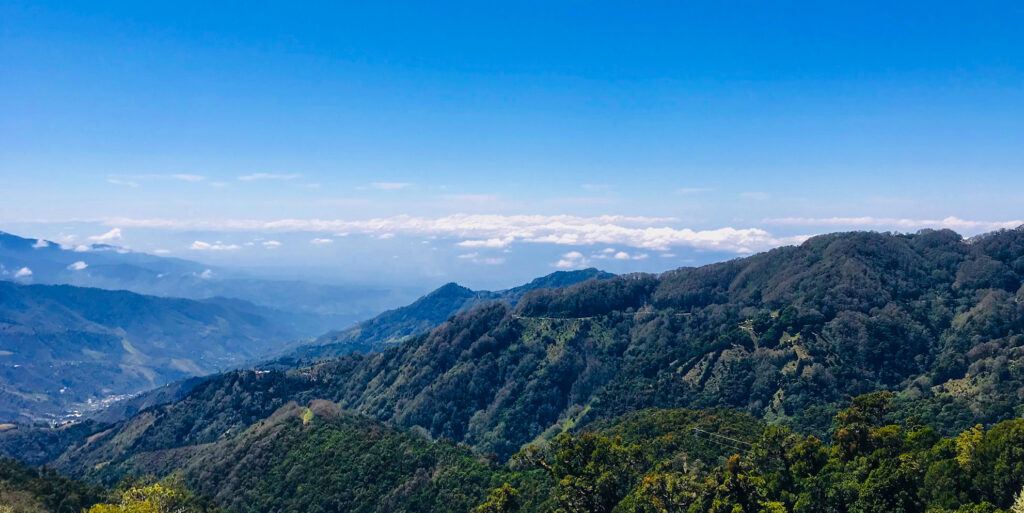
To this day, Corcovado National Park in Costa Rica is by far one of the coolest places I’ve ever visited, and if you get the chance to go to Costa Rica, I highly suggest you make this part of your journey. The biodiversity of this park — and the country — ensures that every visit is going to unfold differently than the last. If you’re like me, you’ll probably already be planning your return trip before the first one ends!
A Biodiverse Wonderland
National Geographic proclaimed Corcovado National Park one of the most biologically diverse places on earth. It’s home to over 50% of all the species in Costa Rica and holds 2.5% of Earth’s biodiversity. Convinced yet? I’ll continue.
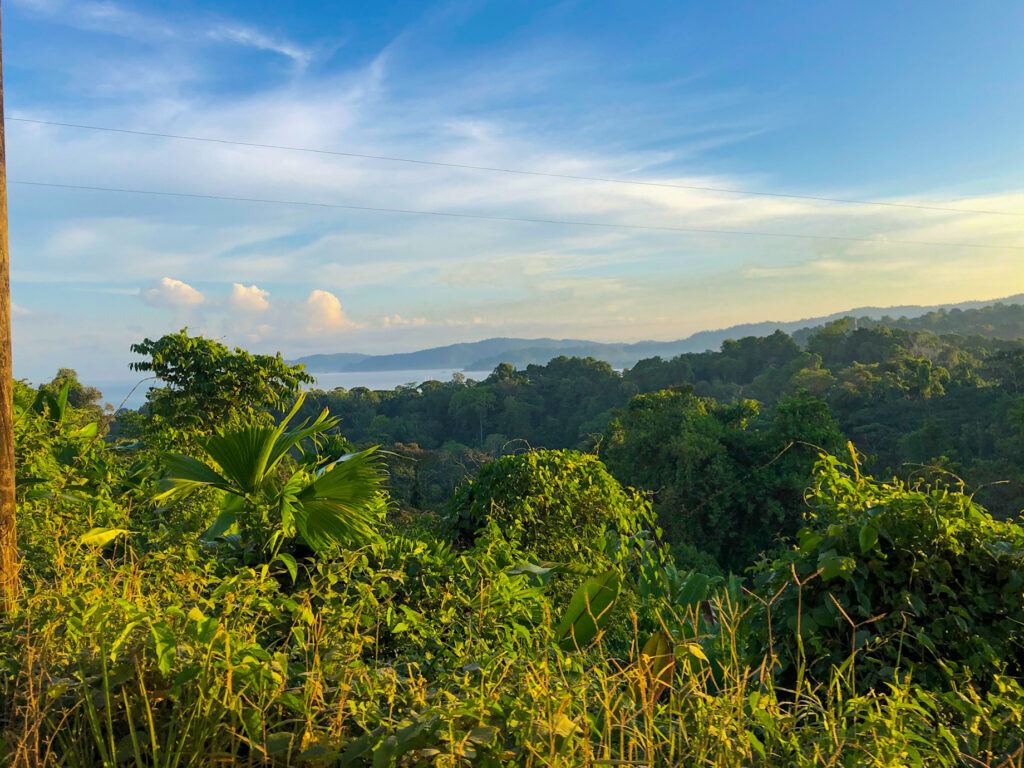
The park, on the Osa Peninsula on the southwestern tip of Costa Rica, was established in 1975 to stop illegal gold mining and logging operations from destroying the habitat. The nation’s tenth national park spans over 100,000 acres on land, and over 8,000 acres in the adjacent ocean.
Corcovado encompasses the last remaining old-growth wet forest (where trees are over 250 years old) on Central America’s Pacific coast. It’s home to 13 ecosystems, including rain forests, cloud forests, palm forests, and mangrove swamps.
While I made my visit part of a ten-day road trip along Costa Rica’s Pacific coast, it’s common for visitors to spend their entire trip to Costa Rica on the Osa Peninsula exploring everything Corcovado has to offer.
Park Fees & Hours
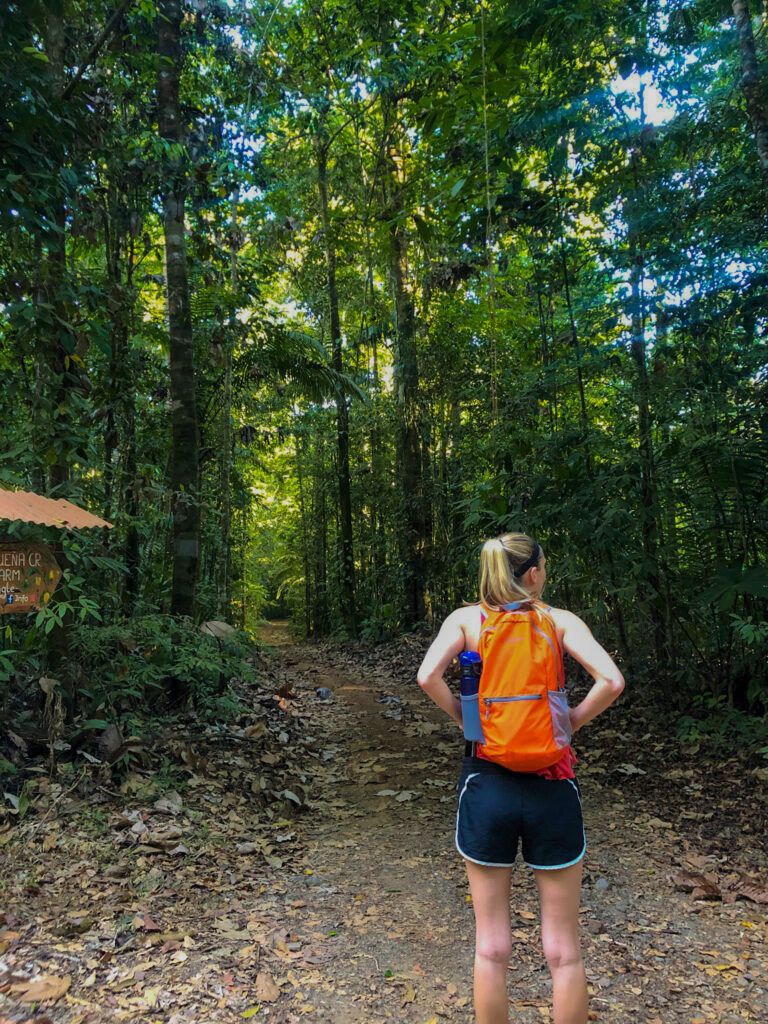
Unlike most of Costa Rica’s national parks, Corcovado has multiple ranger stations, but two major towns that offer access to the park: Drake Bay and Puerto Jiménez. Although it’s possible to camp inside the park or stay overnight at a ranger station, most visitors stay in one of these two towns. Both are only a short distance from the entrance and offer amenities not found inside the park.
It costs $15 USD per day to enter the park, and as of 2014, it’s now impossible to enter without a licensed guide. This change was created to reduce the number of accidents in the park, as the distance between ranger stations can be daunting for inexperienced visitors. Ranger stations are open daily from 7am to 4pm, although the park itself is open from 7:30am to 5pm.
How to Get There
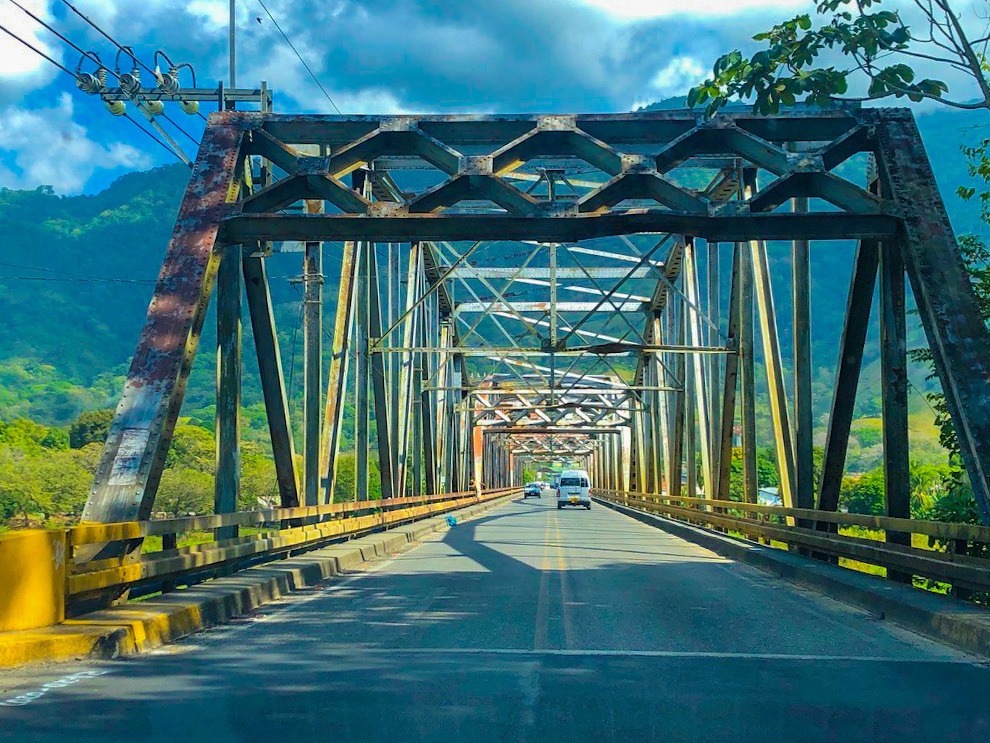
This is the tricky part. Reaching Corcovado National Park is no walk in the park — literally. Unlike Costa Rica’s other parks, where you can park and walk in, getting to Corcovado is half the fun.
(If you decide to make this a road trip, check out this list for equally amazing places to visit in Costa Rica.)
There are a variety of ways to reach Corcovado — which route you choose will depend entirely on what you want to see and how long you plan to stay. Because I knew I wanted to visit other areas in Costa Rica, I opted for a road trip and rented a car.
Regardless of which method you use, you’ll need to reach either Drake Bay or Puerto Jiménez to get into Corcovado National Park.
Via Drake Bay
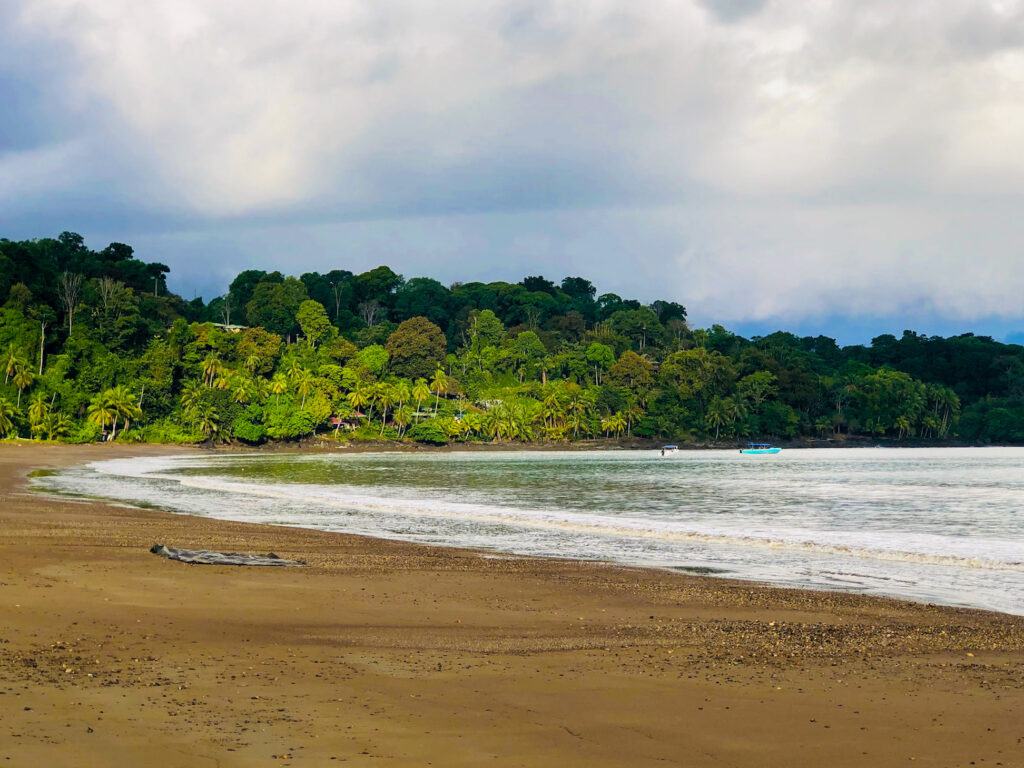
Drake Bay, a quaint village on the northwestern tip of the Osa Peninsula, offers direct access to two of the park’s six ranger stations: San Pedrillo and Sirena. The town, located on the edge of Corcovado National Park, is remote and authentic. Of all the places I visited during my road trip, I enjoyed Drake Bay the most. Dirt roads weave down to tropical beaches, restaurants line the narrow alleys, and the tourist companies are small compared to other parts of the country.
By car
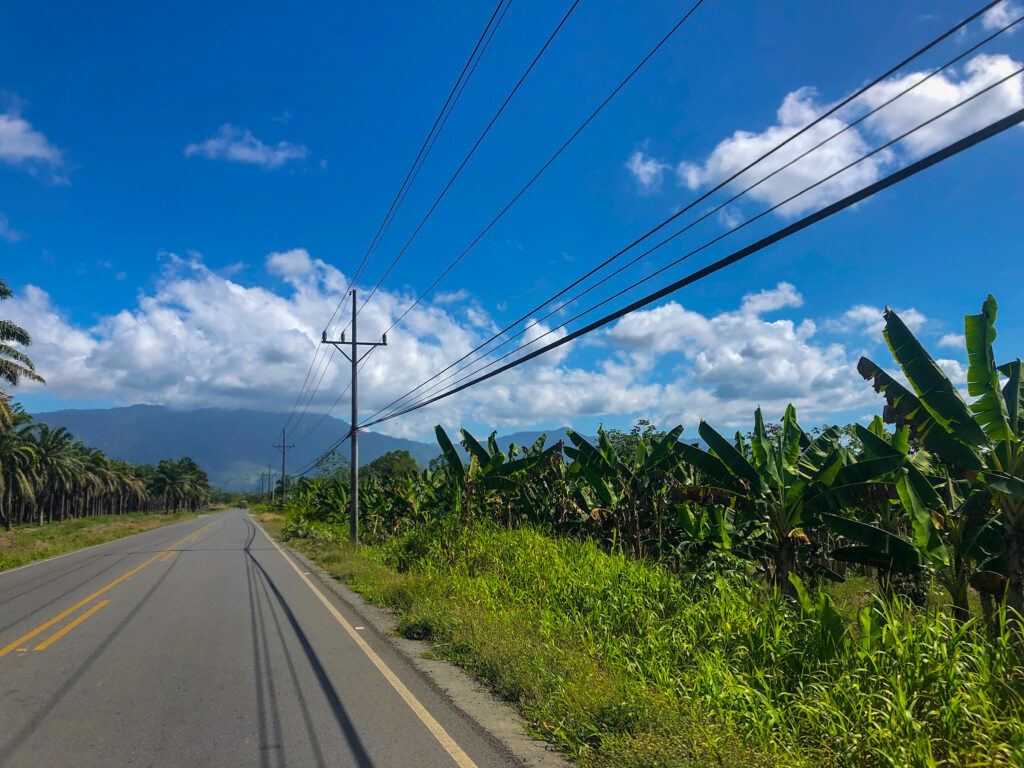
If you opt to rent a car (or a driver), you’ll take the Pan-American Highway east out of San José. After 30 miles, you’ll pass Cartago and the road will turn into Highway 2. (But don’t be confused! This is still the Pan-American Highway.) Continue until you hit San Isidro el General and when the road forks, stay right, and continue straight until you hit the coast. When you reach Dominical, turn left and continue south until you reach the La Chacarita gas station, where you’ll turn right. This will lead you to Agujitas in Drake Bay, making your trip about seven hours. The road is a rough one, however, requiring a 4×4 to access it. Even during the dry season, the road has a few river crossings — which are not covered by your car’s rental agreement.
By ferry
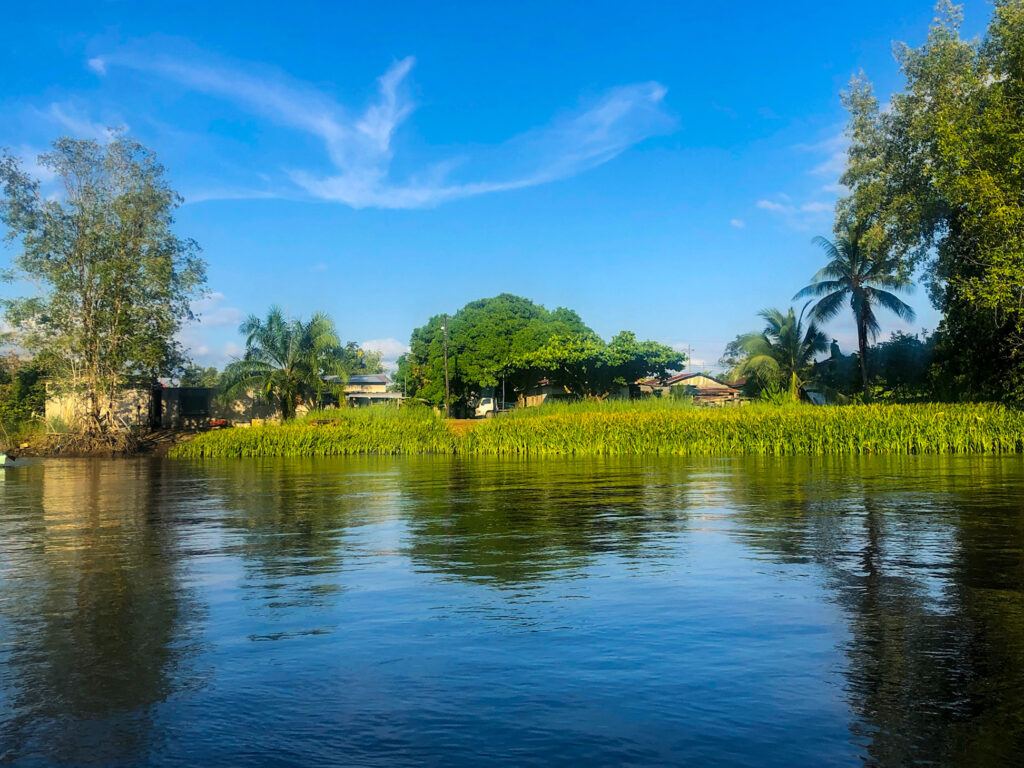
When I visited Drake Bay in February 2020, the road was flooded — a common occurrence — meaning our next option was to park and leave our car in the town of Sierpe and then hop a ferry to reach the peninsula. Personally, I recommend this option over driving to Drake Bay.
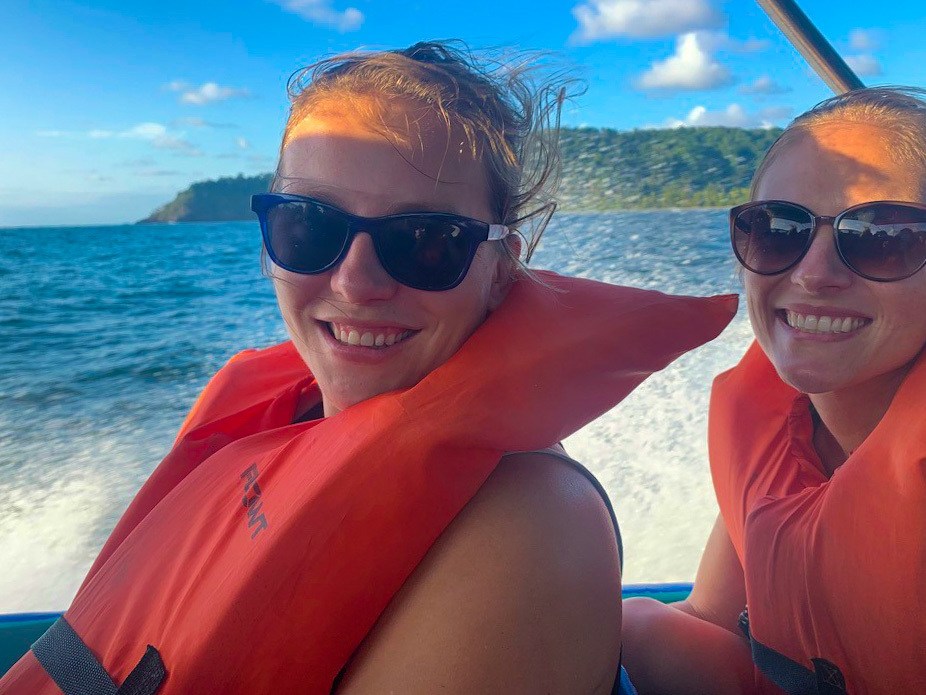
Sierpe is located on the edge of Central America’s largest mangrove forest, at the end of Route 223. You can pay $6 USD per night to park your car at a restaurant called La Perla del Sur, which is what I opted to do. It’s very well organized, and I never felt like the car would be in danger if I left it behind. The restaurant has pretty good food and is on the river, right where the boat taxi will pick you up.
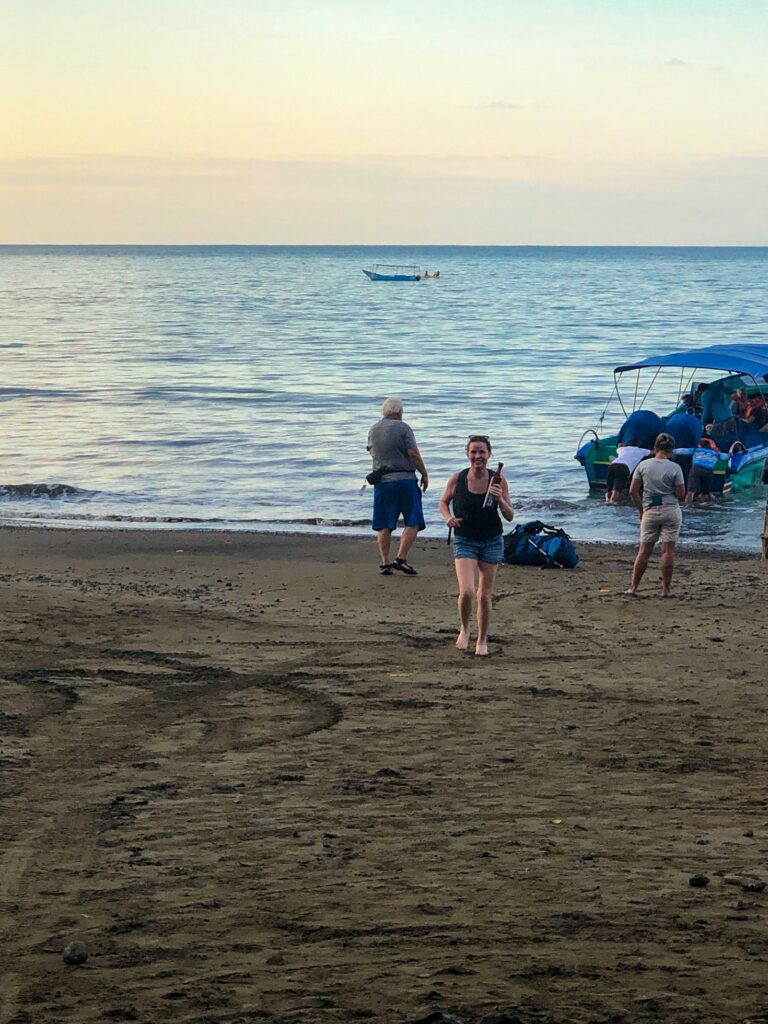
Ferries from Sierpe to Drake Bay leave at 11:30am ($15 USD) and 4pm ($20 USD) and take about an hour. They will take you through the Terrabe-Sierpe mangrove forest, which offers you an extra opportunity to see wildlife. Whale and dolphin sightings are common once you reach the ocean, at which point the boat will take you along the coastline of the Osa Peninsula. But also be on the lookout for crocodiles — we spotted one in the river around the mangrove forest. Definitely keep your arms in the boat for that part of the trip!
By bus
Taking a bus from San José is another option, with departures multiple times a day. The bus will stop in Palmar Norte before dropping you off in Sierpe, where you will have to take the ferry to Drake Bay (see above). Make sure you check the bus schedule to ensure you’ll still be able to make the ferry when you reach Sierpe. The bus trip is six hours and costs $8 USD.
By plane
This is the most expensive — yet fastest — way to reach Drake Bay. From the San José airport, you can take a short, 45-minute flight to Drake Bay on Sansa or Nature Air. Flights leave a few times a day and cost around $300 USD round trip. This is ideal for those with a higher budget, or who prefer an easier route, or who plan to spend the entirety of their time in Costa Rica visiting Corcovado National Park. The airport is a little way from Drake Bay, however, so make sure you have alternative transportation lined up so you can reach your hotel without walking in the dark. (There are no street lights in most of Drake Bay — great for stargazing, but not fun if you have to walk with luggage!)
Via Puerto Jiménez
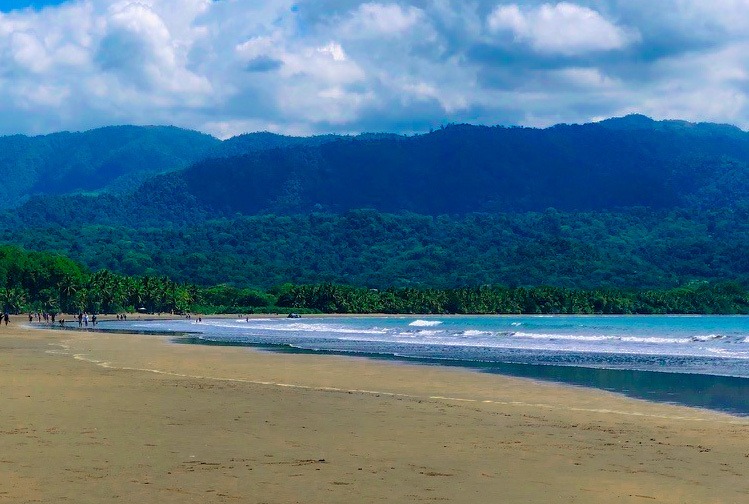
Puerto Jiménez is the second entrance to Corcovado National Park, on the northeast side of the peninsula, on the opposite side of the coast from Drake Bay. Unless you plan on staying on the peninsula for an extended period, it’s likely you’ll have to pick either Puerto Jiménez or Drake Bay, as visiting both will be difficult. The former offers direct access to Siren and La Leona ranger stations.
Puerto Jiménez is one of the largest towns on the Osa Peninsula and sits on the eastern side of the gulf. The town is more developed than Drake Bay, and you’ll find more restaurants, grocery stores, and tour companies than on the northern side of the peninsula.
By car
The drive from San José to Puerto Jiménez is 6-8 hours total, possibly more, depending on the time of year. From San José, you’ll take the same route as you do to reach Drake Bay, except you’ll stay on Highway 2 until you reach the turnoff for 245 and go right. It’s recommended to have a 4×4 to drive there, especially if you’re visiting during the rainy season. Either way, this road is more accessible than the one to Drake Bay, and if you book in advance with a guided tour, they will likely provide transportation.
By plane
Just like with Drake Bay, Sansa or Nature Air flights will take you from San José to Puerto Jiménez and cost upwards of $400 USD for a round-trip flight.
An alternative route
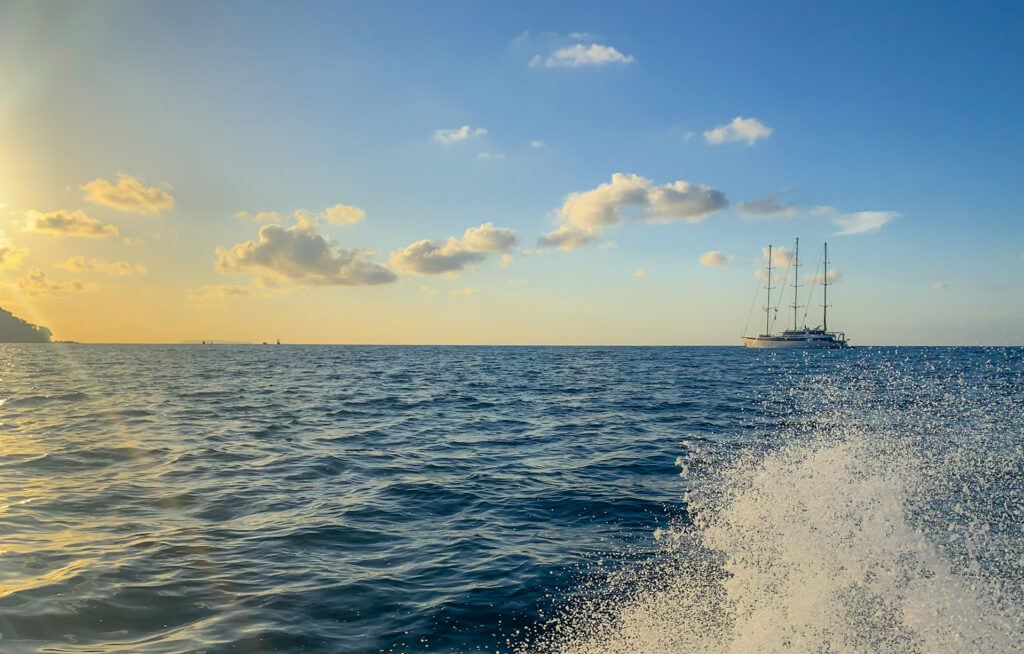
There are two direct bus routes from San José to Puerto Jiménez, leaving at 8am and noon daily. The ride takes about 8-10 hours and costs $15 USD. There’s an option to stop in Golfito, where you can take a 30-minute ferry ride to Puerto Jiménez for $11 USD.
Flora and Fauna
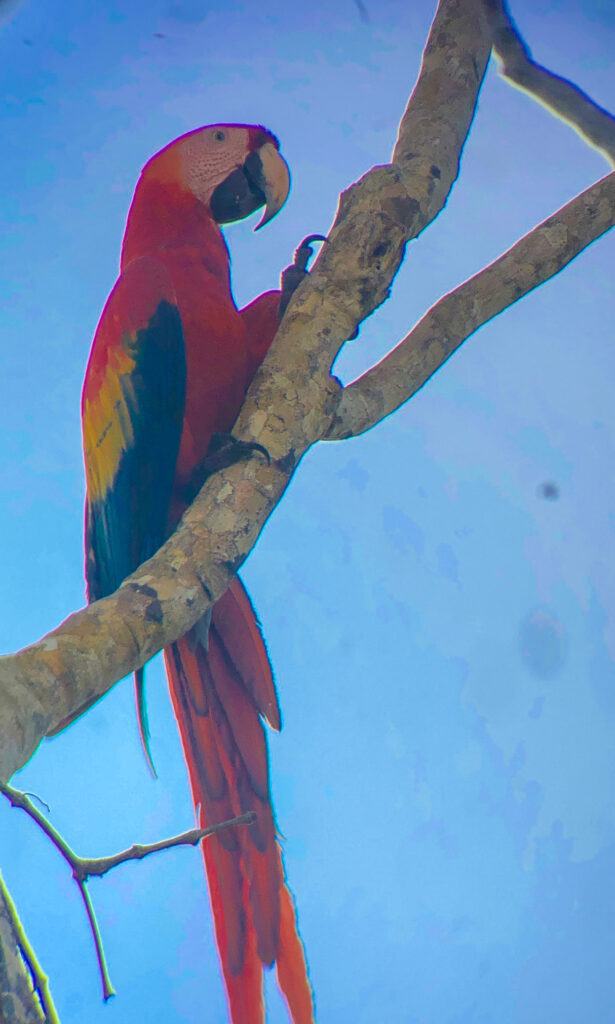
Corcovado National Park, one of the largest primary rainforests on the Pacific coastline, is home to a wide variety of wildlife, including a handful of endangered animals, among them the Baird’s tapir, jaguar, scarlet macaw, and harpy eagle.
Because it’s required to enter the park with a licensed guide, you’re pretty much guaranteed to see wildlife. Guides do this every day, and they know where to look — plus, they’ll bring a spotting scope, which offers a higher magnification than binoculars and helps locate animals from a distance.
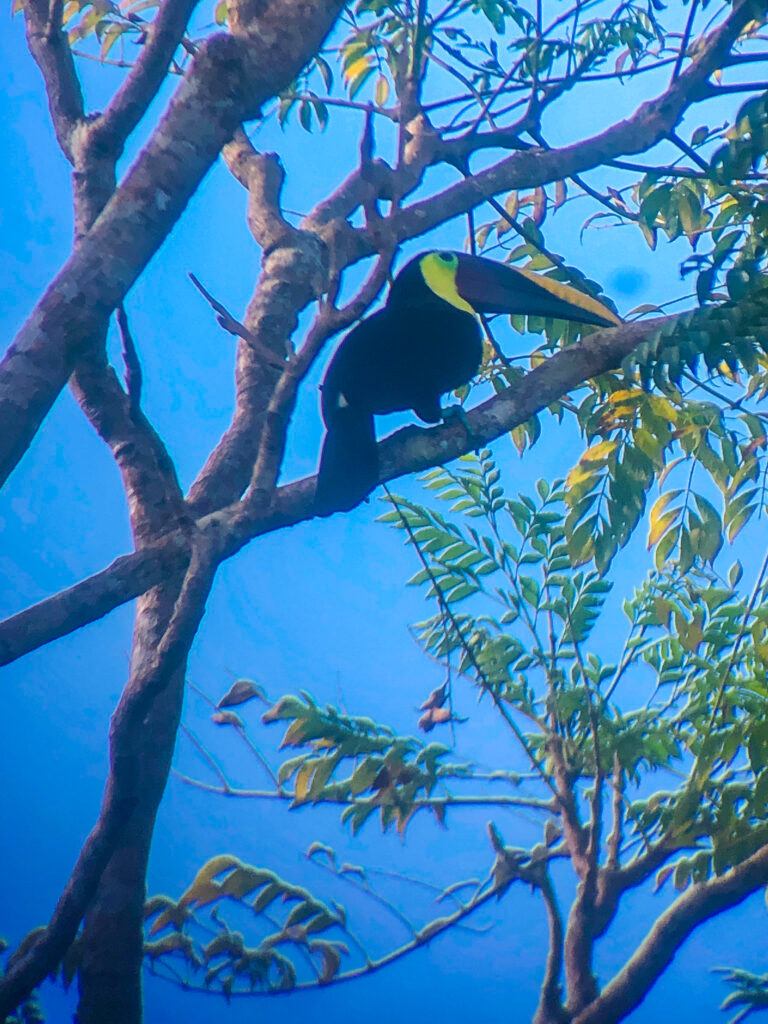
Corcovado has four species of monkeys — capuchin, howler, squirrel, and spider monkeys — and is also home to two-toed and three-toed sloths. Tapirs and anteaters are popular sightings, while pumas and ocelots are more difficult to find. On the marine side, you’ll find caimans, crocodiles, and all four species of sea turtles: leatherback, olive ridley, loggerhead, and Pacific green.
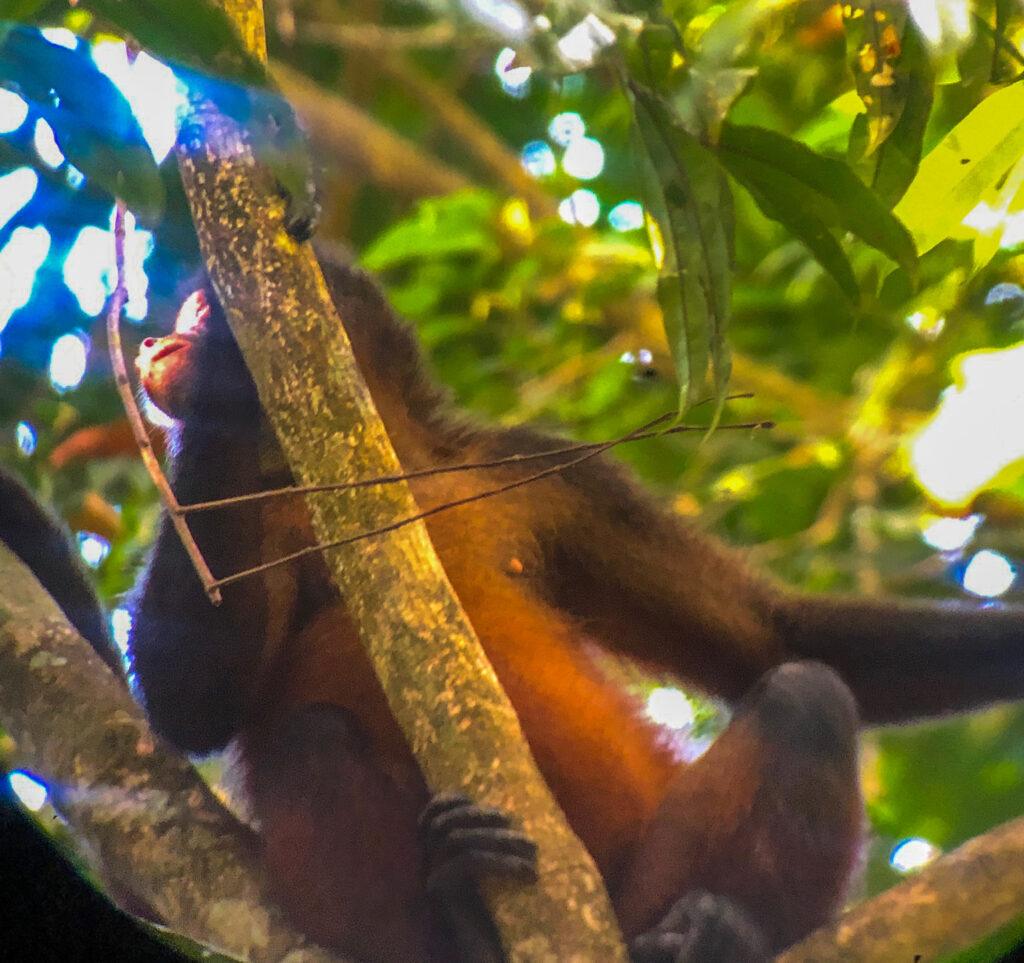
Scarlet macaws are as common as the parakeets, and if you have a good eye, you may spot a king vulture as well.
Beware: predators lurk in the park. Although jaguars are rare to see — our guide admitted he’d only seen them on trail cams — Corcovado is also home to peccaries, an endangered, hog-like mammal that can become aggressive when in groups. Also watch out for poisonous snakes and Africanized bees. Sounds scary, but with your guide by your side, you’ll be just fine.
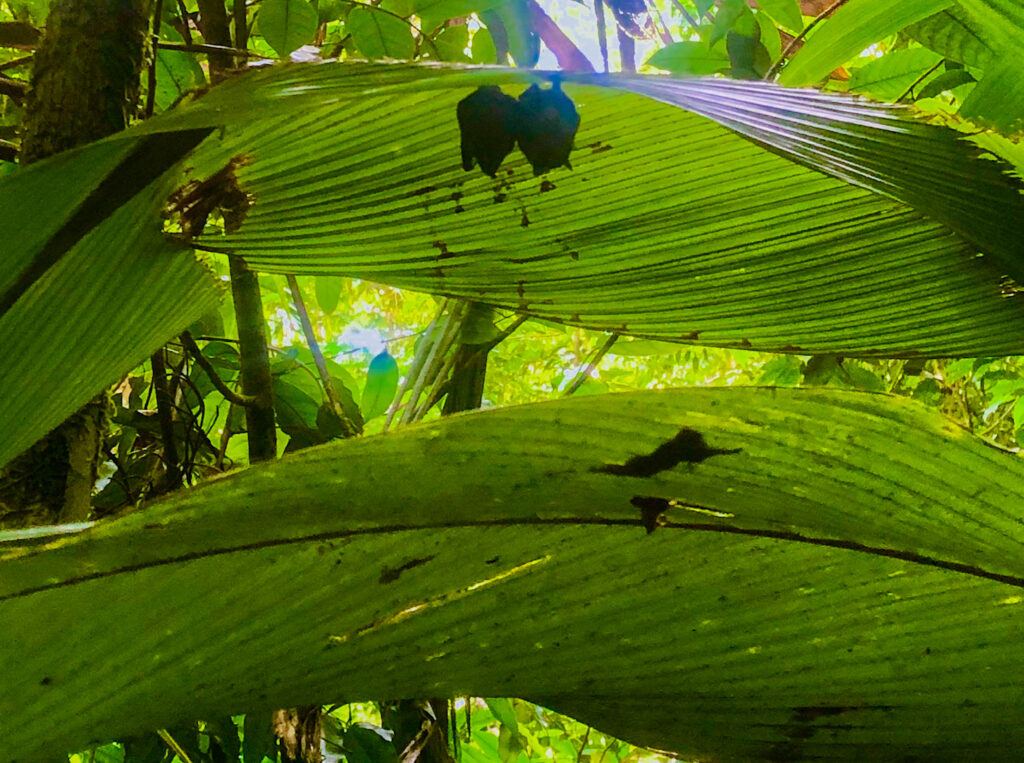
Bioluminescence, a biochemical emission of light caused by marine fungi, bacteria, and microorganisms, is also common in the waters around the peninsula. Essentially, disturbing the water or the microorganisms causes the emanation of a bright bluish-green glow.
I stayed in Drake Bay, a more remote and less touristy town than Puerto Jiménez, meaning fewer lights. Not only is this great for stargazing, but the darker it is, the more likely you’ll be able to see bioluminescence.
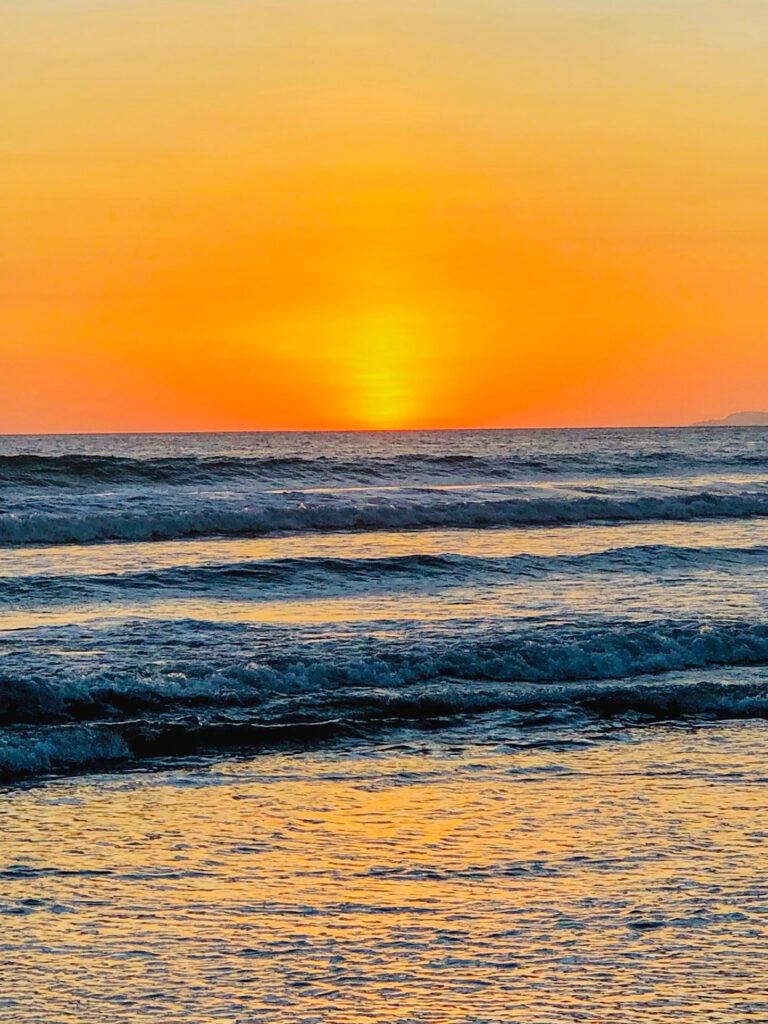
I grew up in Florida and have seen this phenomenon twice in my life, usually when I’m already swimming. Drake Bay is the only place I’ve ever seen bioluminescence sparkle while standing on shore. Crashing waves glowed like fireflies in the night.
Best Tours in Corcovado National Park
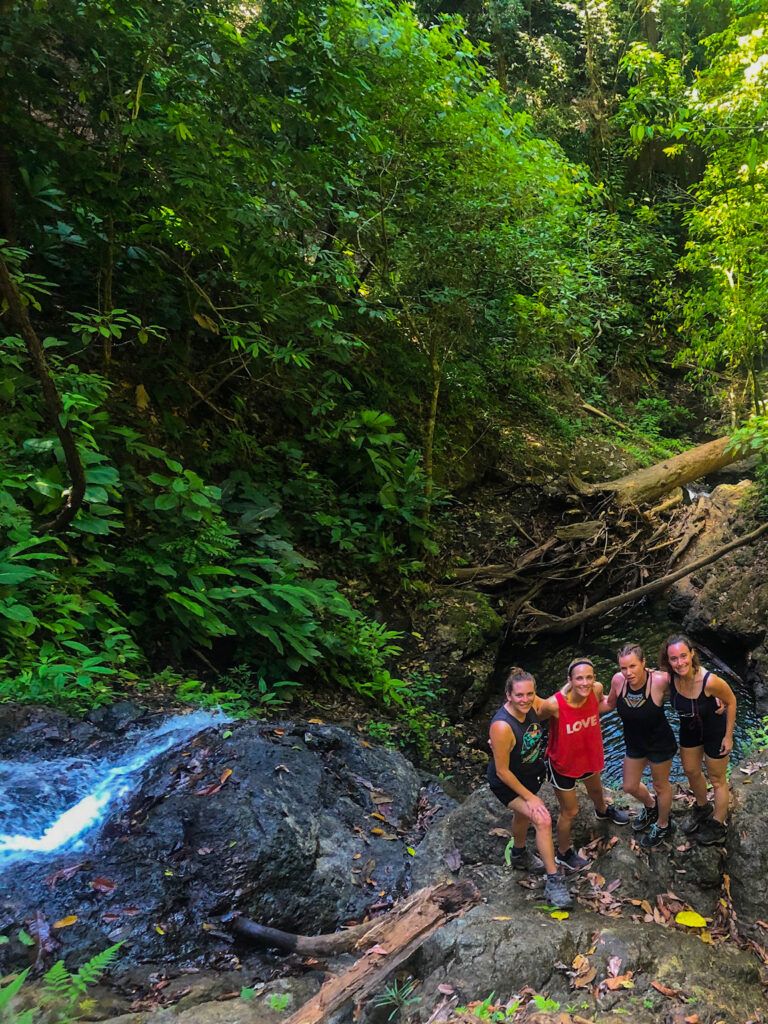
Exploring Costa Rica is best done by booking a tour. For Corcovado National Park, I recommend booking in advance — and ideally directly with the tour company. My hostel in Drake Bay forgot to book my tour, and although I managed to get one at the last minute, it caused some unnecessary stress. Granted, a hotel may be more organized than a hostel. (The first hotel I could find booked my tour for me, even though I wasn’t staying there.)
If you find yourself in a similar dilemma, you can visit the Corcovado Information Center in Drake Bay or Osa Wild in Puerto Jiménez for more information.
Day tours offer the chance to hike to one of the ranger stations, where you can spot wildlife and explore the park. Every ranger station includes water, restrooms, public telephones, and an information desk. There are no facilities between stations.
Definitely also check out the beaches around the Osa Peninsula, which are some of the best (and least crowded) in Costa Rica.
Depending on what you’re looking to experience, you can stay in Drake Bay or Puerto Jiménez and take day tours into Corcovado National Park. Most tours include a certified guide, transportation into the park, the entrance fee, and lunch! Tipping your guide isn’t included or mandatory, but it’s definitely appreciated.
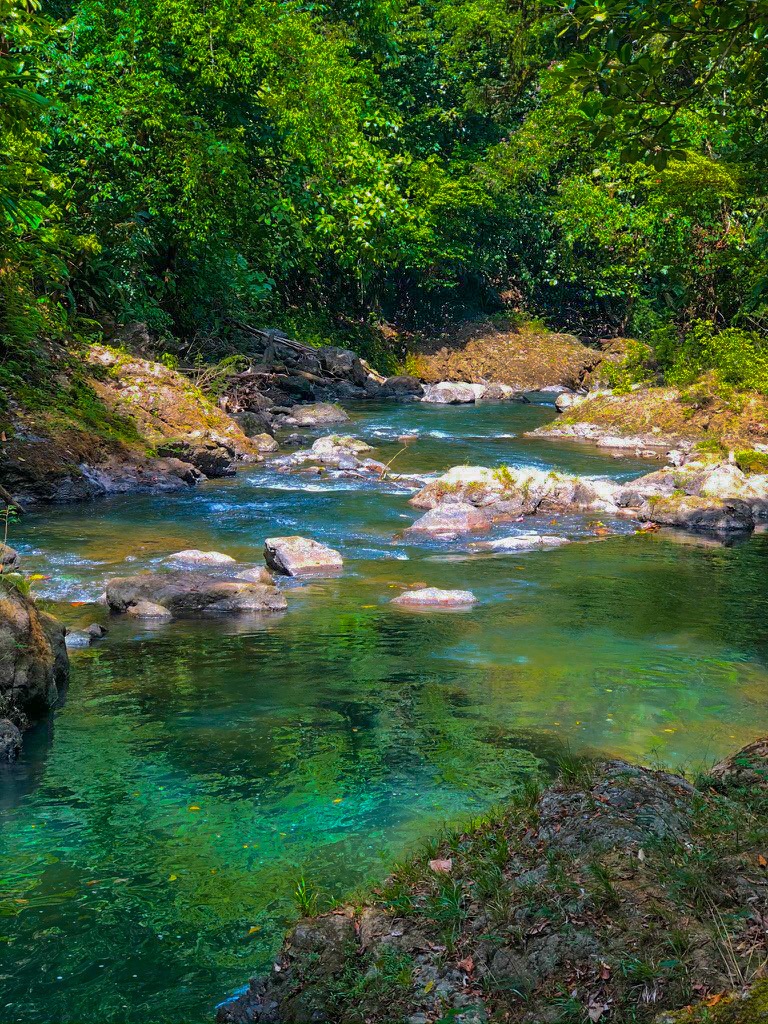
Day tours average $90–120 USD and give you the opportunity to head deep into the park and visit the ranger stations. Sirena and San Pedrillo can only be accessed from Drake Bay, with Sirena being the more popular — and expensive — of the two. The latter has less wildlife, so I chose Sirena and definitely don’t regret it. It is considered the park’s headquarters and attracts more mammals than anywhere else.
The Los Patos ranger station can only be accessed on a multiday trip. It is home to monkeys, sloths, and birds, who call the waterfalls, forests, and the Rincón River home.
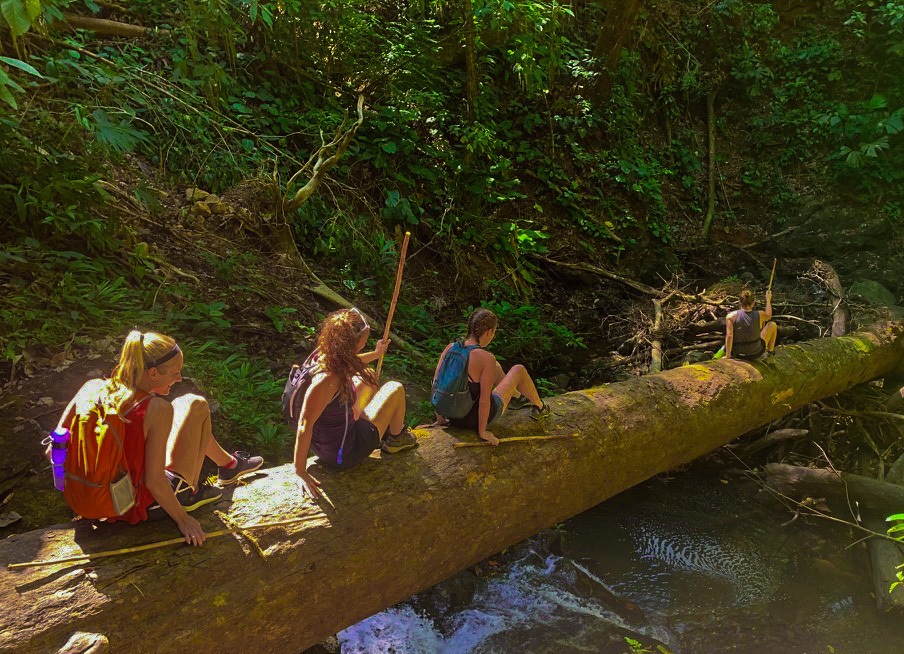
If you’re staying in Puerto Jiménez, you’ll have access to the La Leona Station, which includes a beach hike and is ideal for visitors wanting to cross paths with a sea turtle or two. The El Tigre station lies outside of Corcovado and is less popular. It has fewer mammals and is better for those who want to see insects and reptiles.
However, don’t underestimate what you’ll see even if you don’t go into the park. There are no fences after all, and wildlife can go where they please.
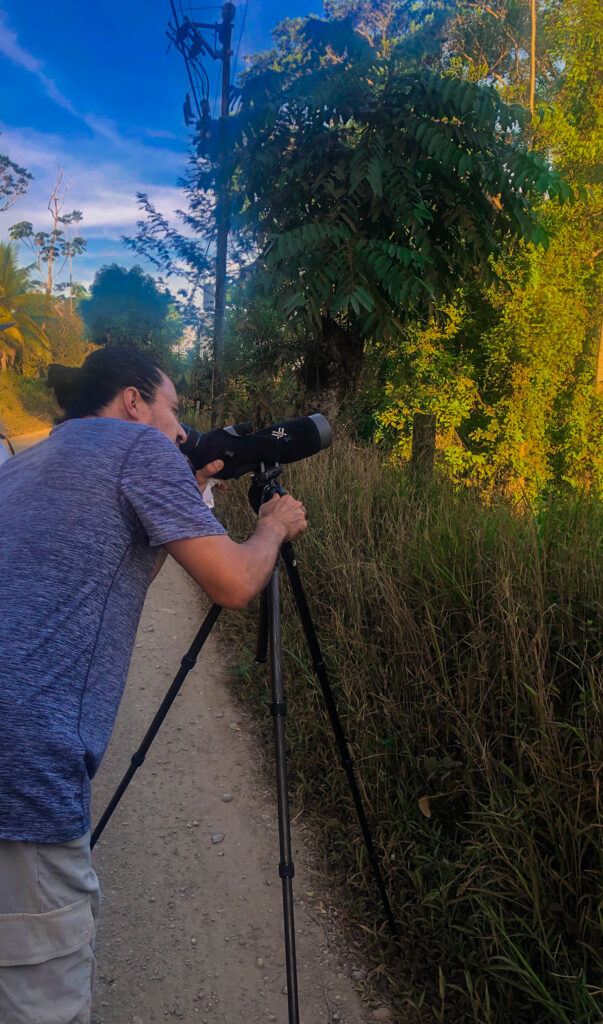
For my second tour, I decided to do just that and take a tour in a different area of the Osa Peninsula just outside Corcovado. And personally, I preferred this tour better than the one to Sirena. (While that day tour had a larger group and we saw more wildlife, it felt incredibly touristy.) The Tapir’s Trail in El Trillo de la Danta was run by a friendly gentleman named Gustavo. Because there were only six of us, we had the opportunity to ask more questions, and because we made less sound, we still got to see quite a variety of animals. Gustavo was also a great guide, and I highly recommend him. After the hike, we had lunch at a local family’s home, which was an experience all in itself.
Best Places to Stay in Corcovado National Park
Camping
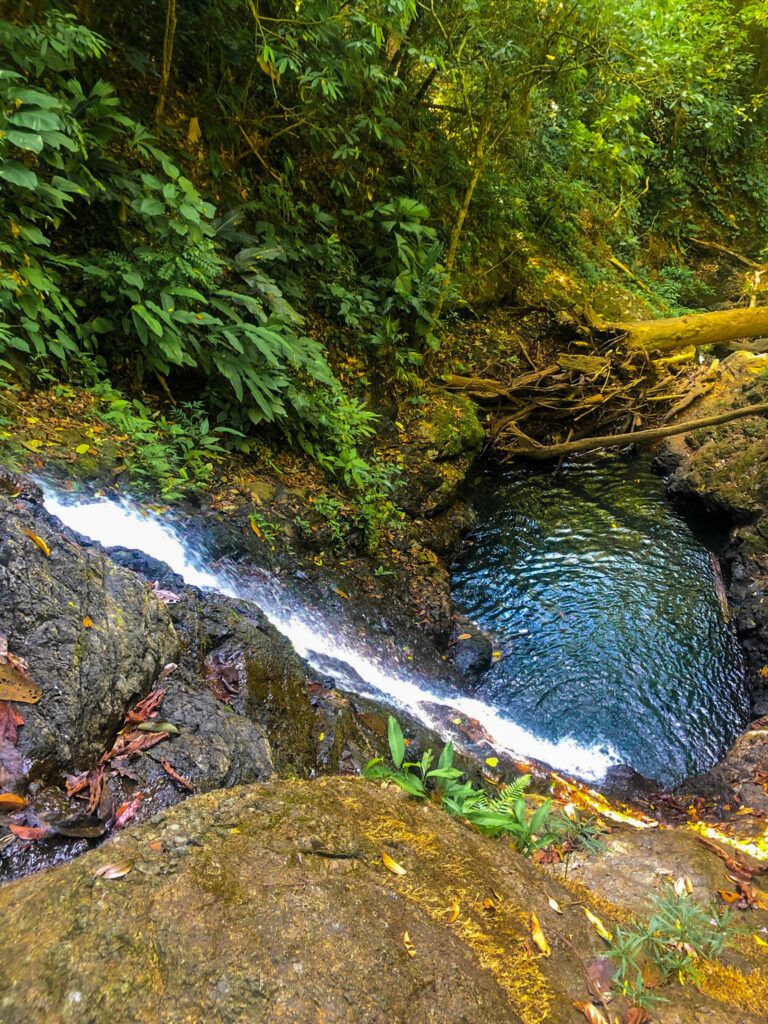
Camping is allowed at Sirena, San Pedrillo, and La Leona stations, although food is not allowed, and there’s a limit to what you can bring in. Permits are mandatory and must be reserved a month ahead of time. Camping is $4 USD per night. The Corcovado Adventure Tent Camp also offers a unique experience.
Overnight Tour
San Pedrillo is a popular spot for overnight tours, as is Sirena, the most developed station. You’ll either stay in tents on an exposed platform or in bunk-bed style dorm rooms with shared bathrooms. Although food is permitted in the park, Sirena station has a small cafeteria for those guests who decide to stay overnight in the park. Overnight tours start at around $350 USD.
Drake Bay
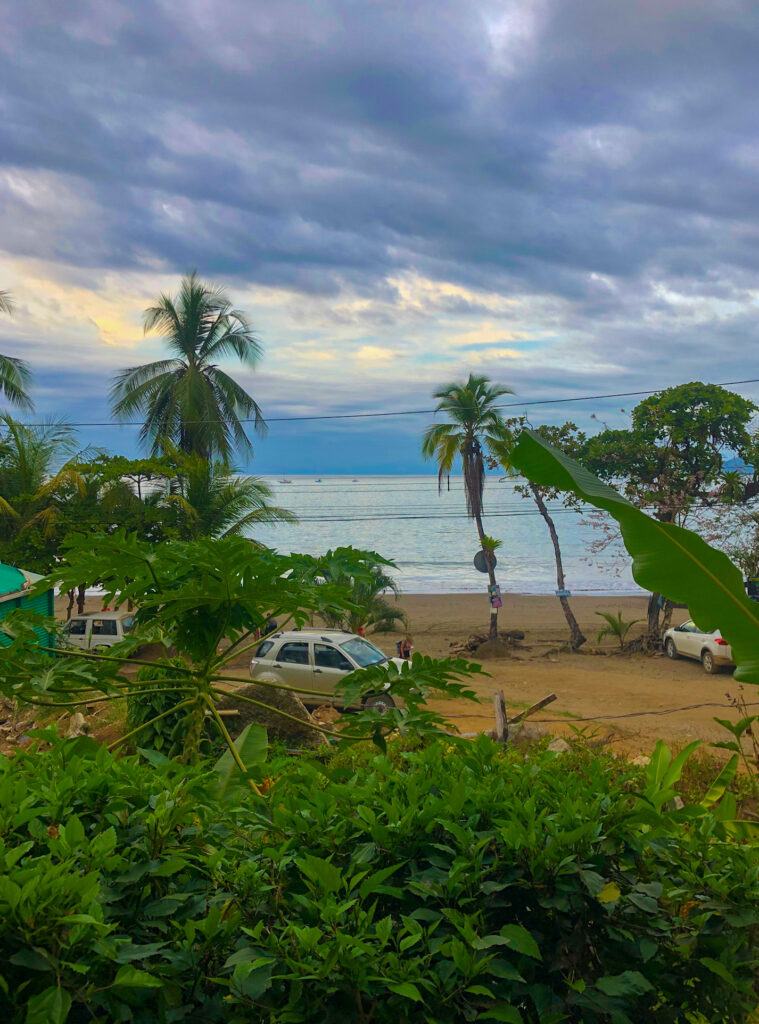
Budget-friendly: Casa Gitana
Starting at $34 USD a night
Mid-level: Hotel Finca Maresa
Starting at $80 USD a night
High-end: Las Cotingas Ocean View
Starting at $120 USD a night
Puerto Jiménez
Budget-friendly: Corcovado Wild Hostel
Starting at $22 USD a night
Mid-level: Agua Dulce Beach Resort
Starting at $130 USD a night
High-end: Kunken Boutique Hotel and Spa
Starting at $300 USD a night
When to Visit and What to Bring
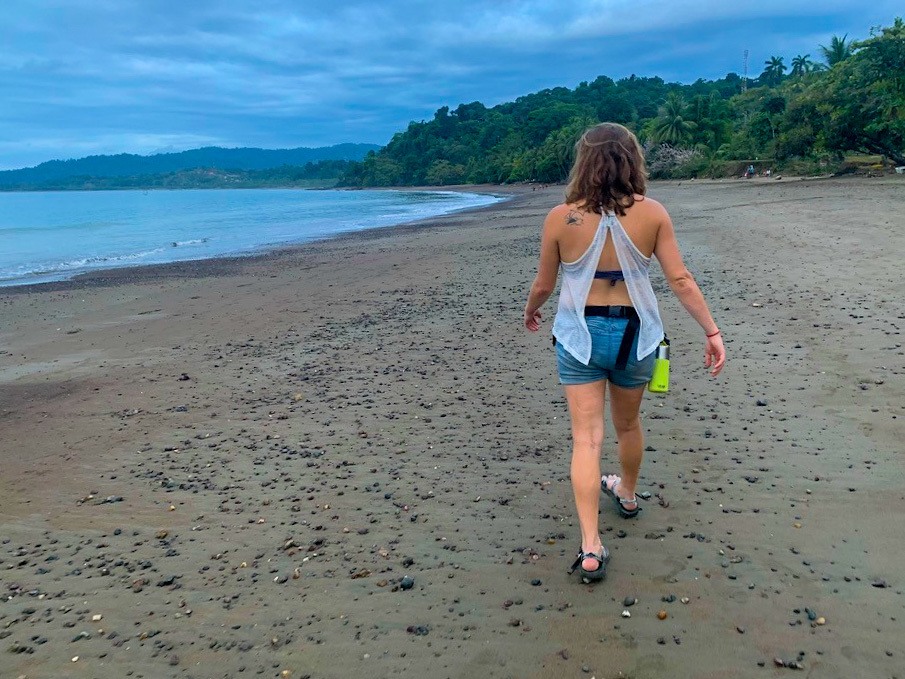
The rainy season in Costa Rica stretches between May and November and is considered the closest thing to winter, with temperatures ranging from 70 to 84 degrees Fahrenheit. The wettest months, September and October, are also when Corcovado National Park gets the fewest visitors, so if you prefer a more intimate experience and don’t mind hiking in the rain, this is the best time to visit. December to April will still have rain, but it’s more sporadic.
The heat is no joke. Average temperatures range between 80 to 100 degrees Fahrenheit. Remember also that you’re closer to the equator, meaning that if you can stand the heat, the sun will burn your skin quickly if you’re not careful. I spent one hour outside without sunscreen and looked like a lobster. ¶
Sunscreen and a good water bottle will make your hikes more enjoyable, but they won’t keep the mosquitos away. Deet is a common repellant, and it will attack their evil cousins, noseeums. Avon’s Skin So Soft is sunscreen and bug guard combined that will keep noseeums at bay.
Hiking shoes are great for the forests; however, I loved my waterproof hiking sandals for the beach.
***
So what do you think? Would you choose the more remote Drake Bay or the busier Puerto Jiménez? Does a day tour interest you, and if so, would you stay in the forest or hike to the beach? What wildlife are you dying to see first?
Leave a Reply